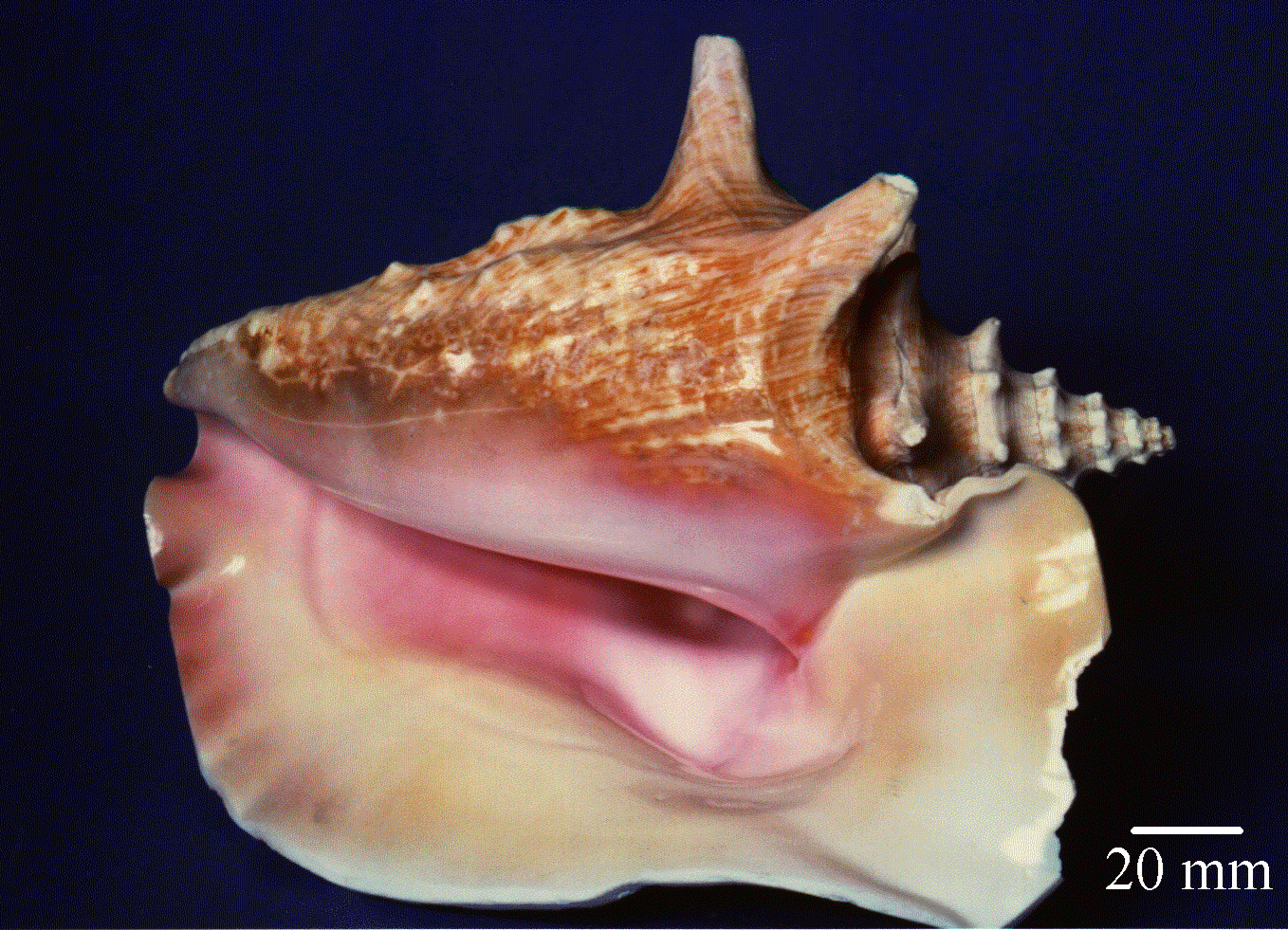报告题目:Bioinspired Design of Materials and Structures
报告人:Professor ROBERTO BALLARINI,University of Hoston
邀请人:郝鹏教授
时间:2024年7月1日10:00
地点:综合1号实验楼602会议室
报告人简介:
Roberto Ballarini is Thomas and Laura Hsu Professor and Chair of the Civil and Environmental Department at the University of Houston, and Director of the University of Houston-Dalian Maritime University Institute. Ballarini’s multidisciplinary research focuses on the development and application of theoretical, computational and experimental techniques to characterize the response of materials to mechanical, thermal, and environmental loads. He is particularly interested in formulating analytical and computational models for characterizing fatigue and fracture of materials and structures. Ballarini’s research has been applied to problems arising in civil engineering, mechanical and aerospace engineering, materials science, microelectromechanical systems, biological tissues and prosthetic design. He has published more than 125 papers in refereed journals, including Science, Nature and Proceedings of the National Academy of Sciences, and several of his research projects have been featured in the popular press, including the New York Times Science Times, American Scientist, Business Week, Financial Times, and Geo. Ballarini a Distinguished Member of ASCE, Fellow of ASME and of the Engineering Mechanics Institute, is Past-President of the ASCE Engineering Mechanics Institute and served as Editor of the ASCE Journal of Engineering Mechanics. He is recipient of the 2019 ASCE Raymond D. Mindlin Medal in recognition of outstanding research contributions to applied solid mechanics, and the University of Houston’s Global Faculty Award for his leadership in international teaching and research collaborations.
报告内容摘要:


Natural composite materials are renowned for achieving impressive mechanical properties through their highly hierarchical structure. The shells of mollusks, which can possess one of numerous microarchitectures, are but one example. Despite being highly mineralized, with the organic component constituting not more than a few percent of the composite material, their fracture toughness can exceed that of single crystals of the pure mineral by as much as three orders of magnitude. The judicious placement of a particular organic matrix, relative to the mineral phase, and the hierarchical structural architecture extending over several distinct length scales both play crucial roles in the mechanical response of these natural composites to external loads. In addition, mollusks are capable of repairing mechanical force-induced damage.
This talk summarizes the research my students and I have conducted over the past quarter century on bioinspired design. The first part of this talk presents examples of iconic man-made structures that one can argue were inspired by Nature, including Brunelleschi’s nacre-like Duomo in Florence. This introduction is followed by a comparison between the performance indices associated with mechanical behaviors of natural and synthetic materials, which drives home the point that Nature uses hierarchy as a strategy to achieve structures with superior mechanical properties.
The second part focuses on experimental and theoretical results that elucidate how the resistance of the shell of the conch Strombus gigas to catastrophic fracture can be understood quantitatively by invoking two energy-dissipating mechanisms: multiple cracking and large-scale crack bridging, both enabled by the shell’s “crossed lamellar” microarchitecture. A brief description is provided of the shell’s self-healing abilities and the state-of-the-art self-healing bioinspired self-healing paradigms being created for composite structures.
The final part of the talk describes a metamaterial whose micro-architecture was inspired by the shell of Strombus gigas to prevent compressive failure from the initiation and extension of a dominant shear band, in favor of failure at increased nominal stress and energy dissipation produced by the development of relatively large numbers of shear bands trapped within the layered architecture.
*References: Nature, Vol. 405, June 29, 2000
J. Mech. Phys. Solids (188), 2024 105658
